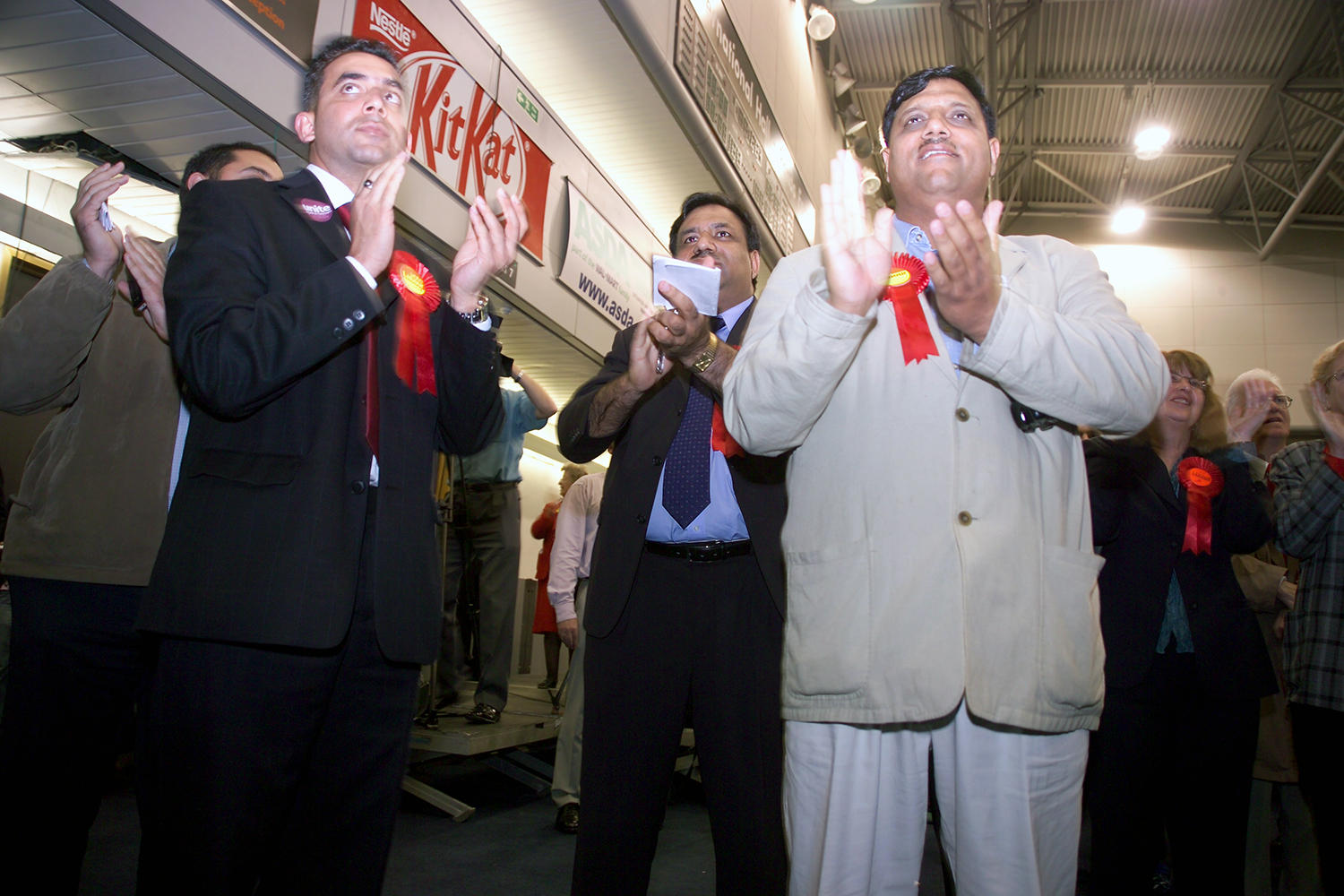General Election: Sheffield Heeley.
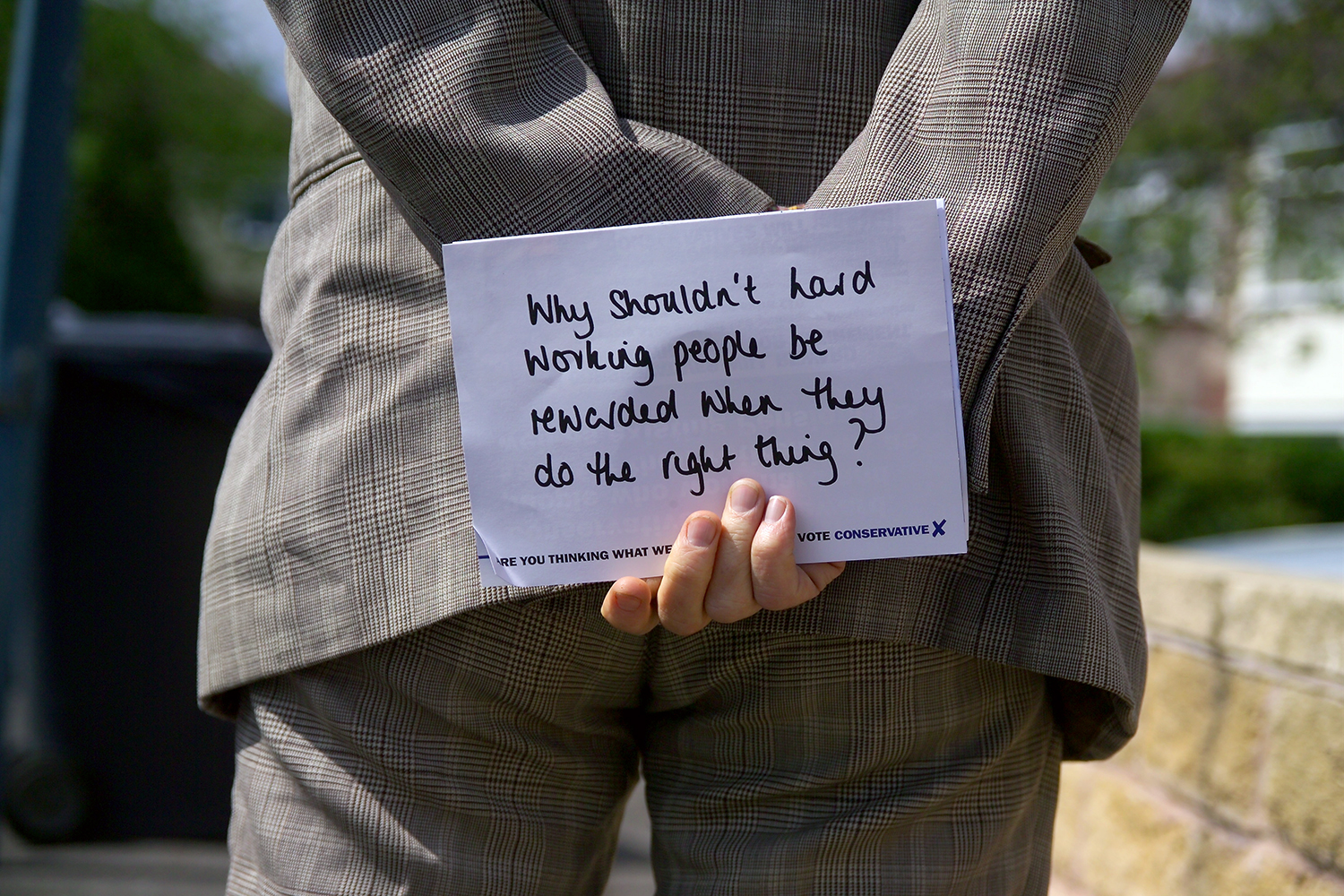
| Party Candidate | Votes | % | ±% | |
|---|---|---|---|---|
| Labour Co-op | Meg Munn | 18,405 | 53.98 | -2.99 |
| Liberal Democrats | Colin Ross | 7,035 | 20.63 | -2.06 |
| Conservative | Aster Crawshaw | 4,987 | 14.63 | +0.38 |
| BNP | John Beatson | 1,314 | 3.85 | New |
| Green | Rob Unwin | 1,312 | 3.85 | +1.58 |
| UKIP | Mark Suter | 775 | 2.27 | +0.42 |
| Socialist Alternative | Mark Dunnell | 265 | 0.78 | New |
| Majority | 11,370 | 33.35 | ||
| Turnout | 34,093 | 57.06 | ||
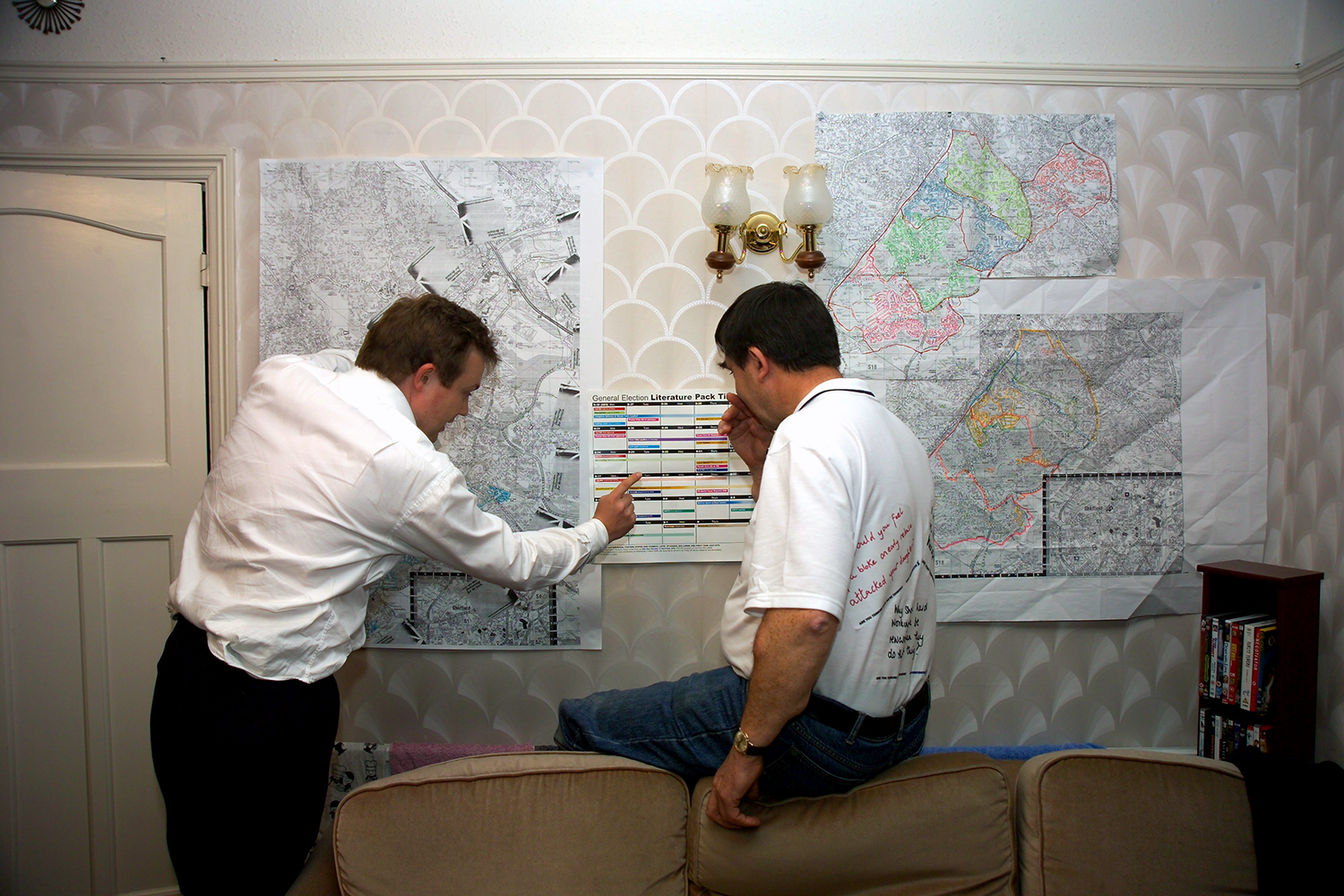
In Sheffield Heeley, a young Conservative Party member launches a campaign to win a seat in the UK General Election, challenging a constituency with a long history of Labour representation. The candidate positions themselves as part of a new generation of Conservatives, combining traditional party principles with a focus on local priorities.
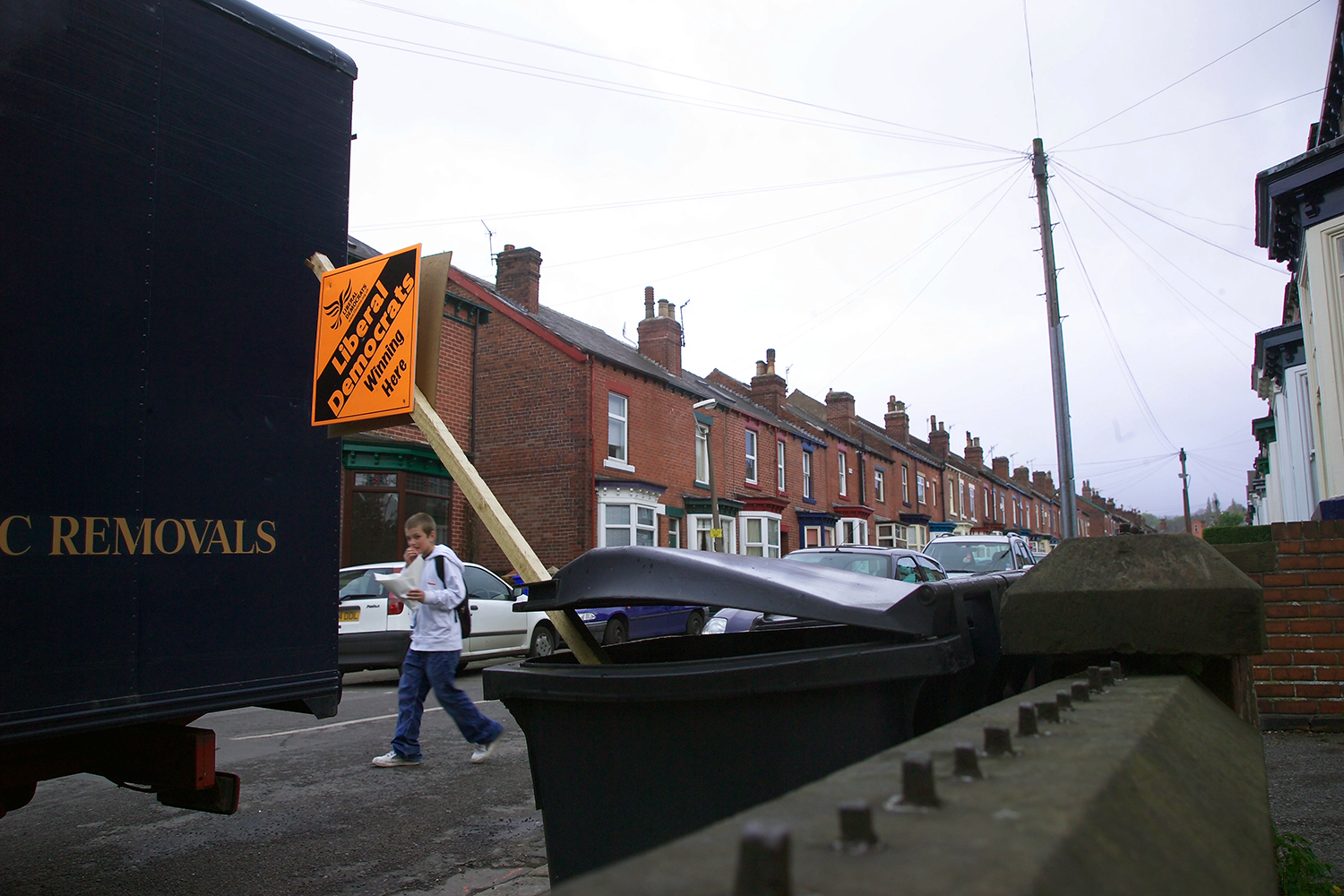
Key policies include driving economic growth, supporting small businesses, improving local transport links, and addressing crime. In a community with deep manufacturing roots, the campaign promotes skills training and apprenticeships to connect residents with opportunities in modern industries.
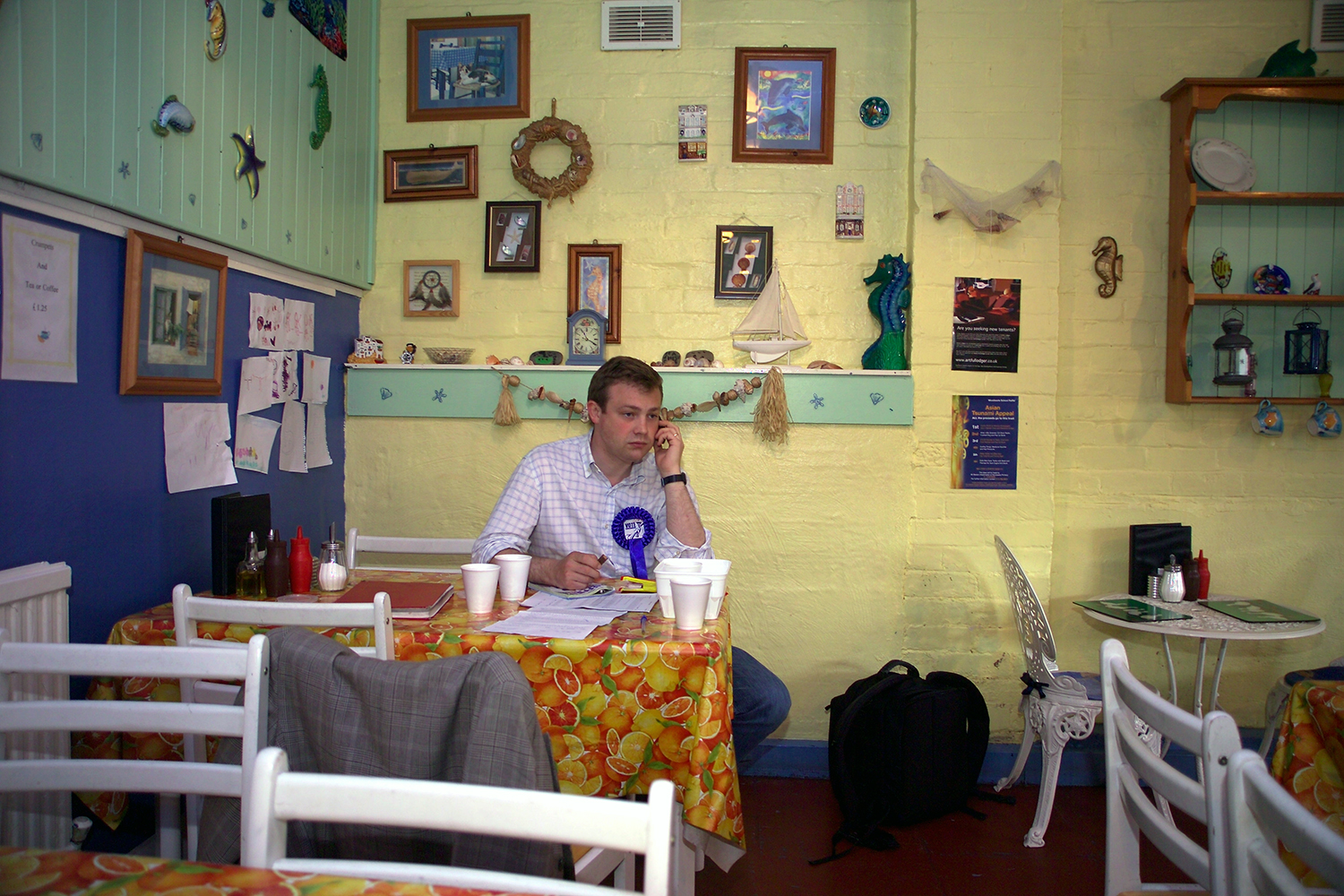
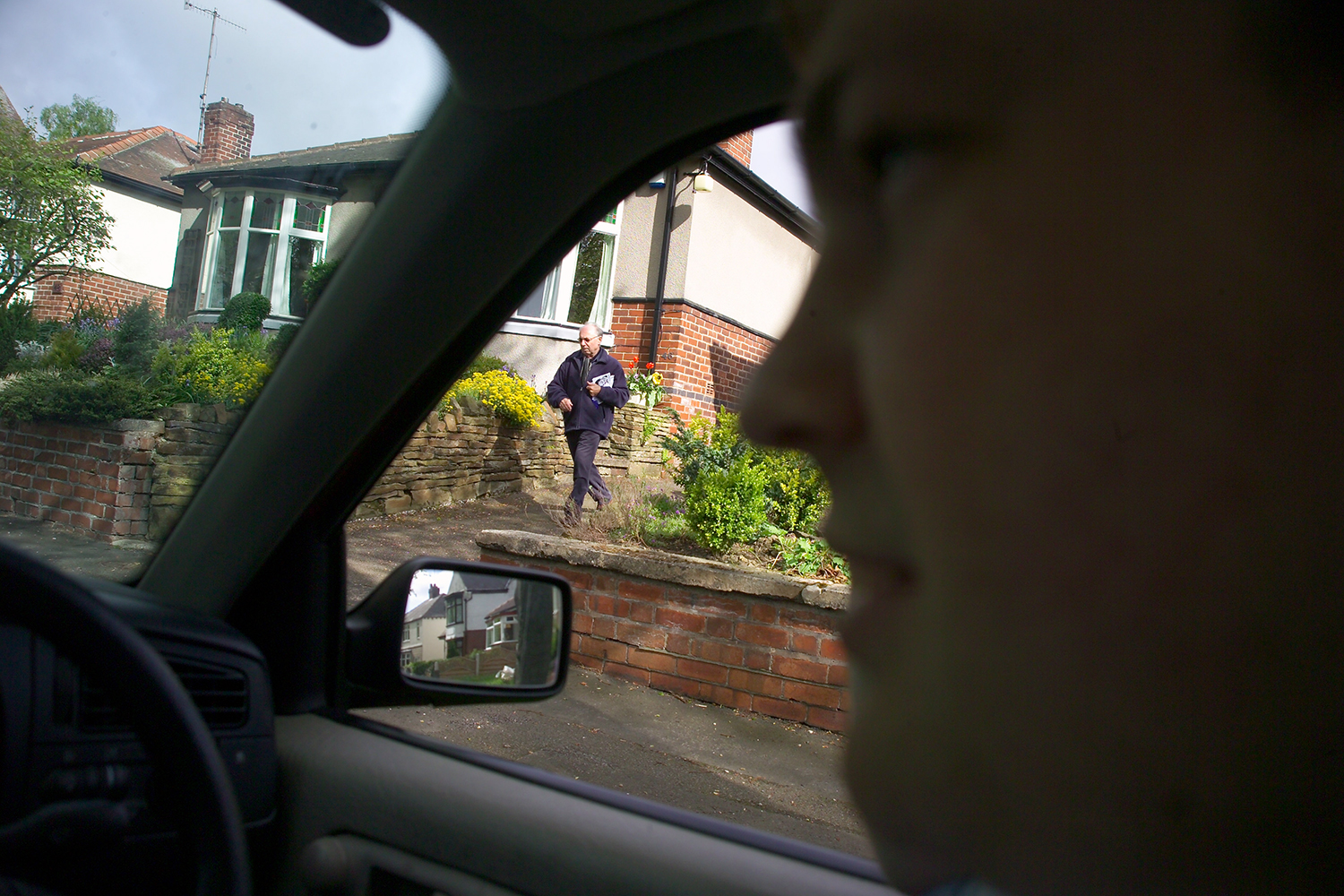
The campaign is built on direct engagement—canvassing door-to-door, speaking with residents at community events, and maintaining a visible presence across neighbourhoods. Social media plays a significant role in sharing messages, documenting campaign activities, and responding to political debate.
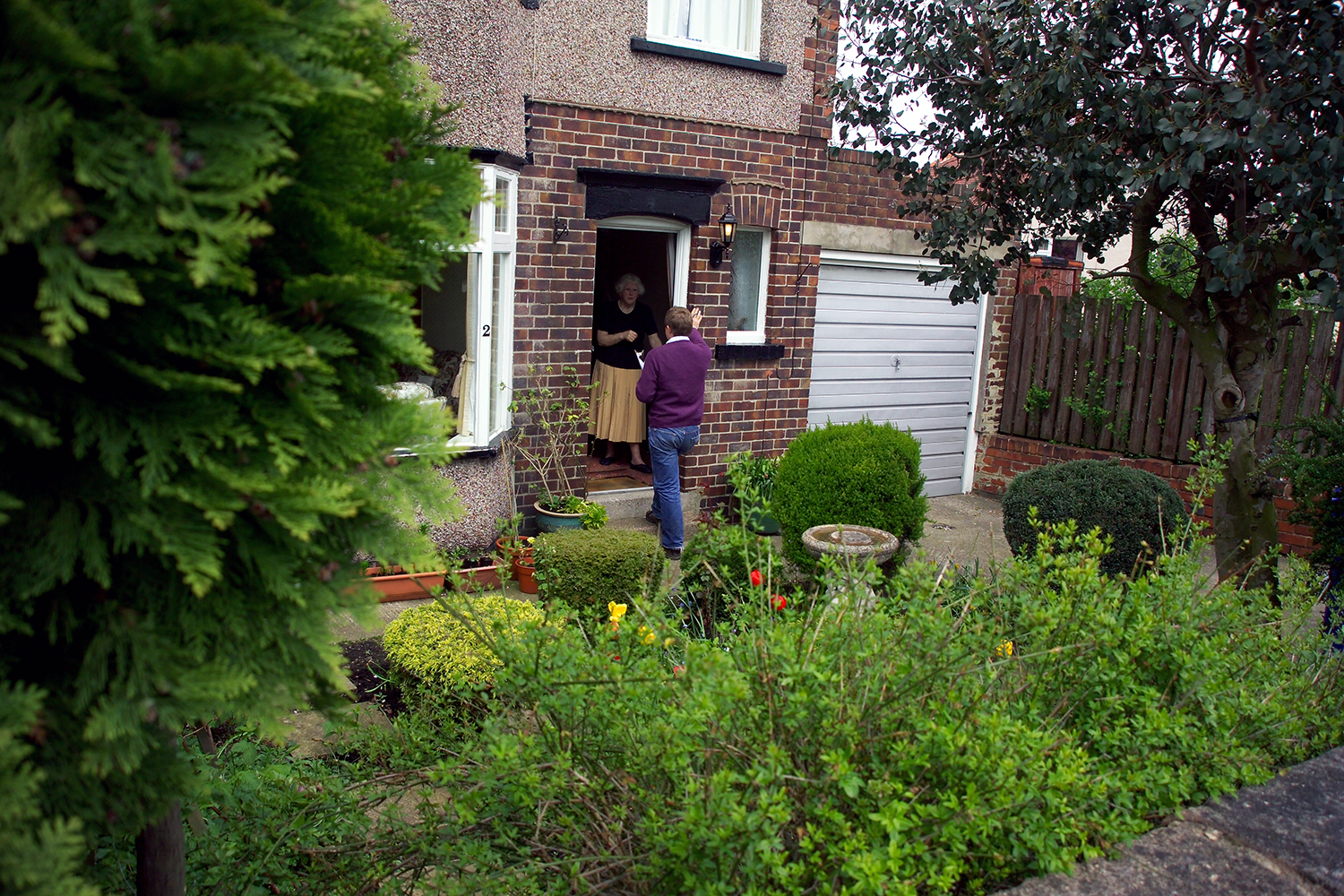
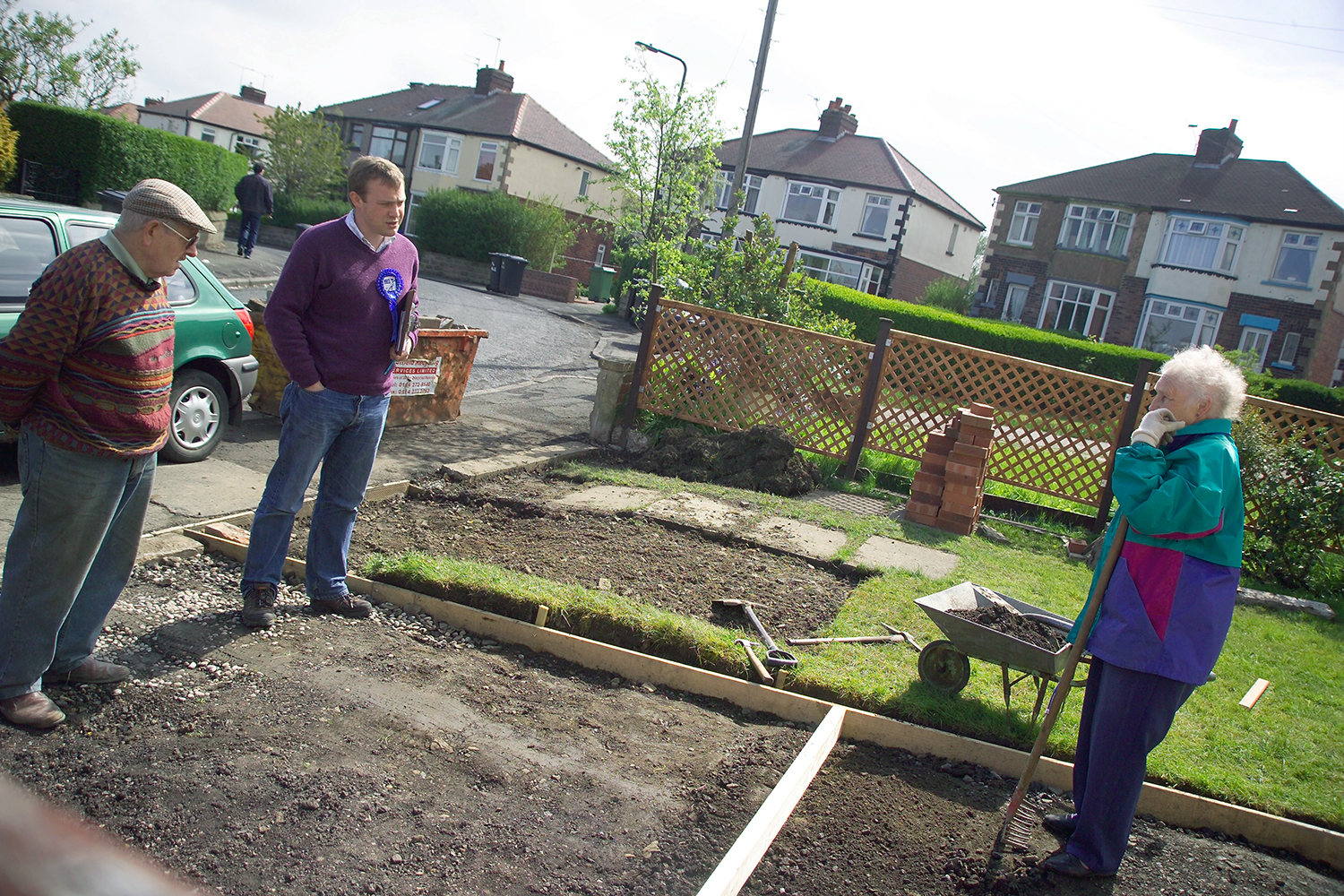
Despite Sheffield Heeley’s strong Labour base, the candidate works to present a credible alternative by focusing on practical solutions and a commitment to representing all constituents. The race is challenging, but the campaign serves as a measure of whether a fresh voice, consistent local engagement, and targeted policy proposals can gain ground for the Conservatives in an area where political loyalties have been firmly established for decades.
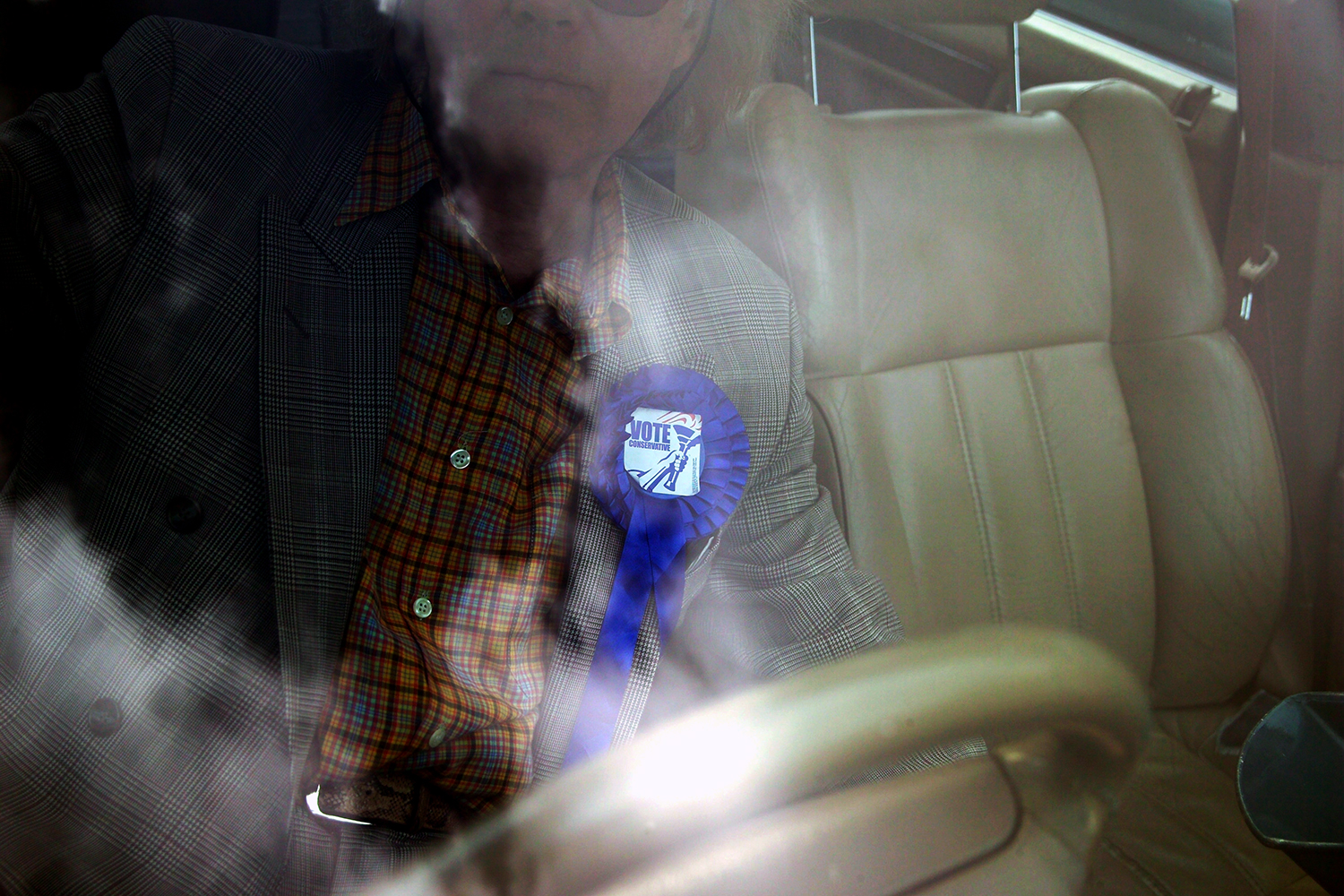
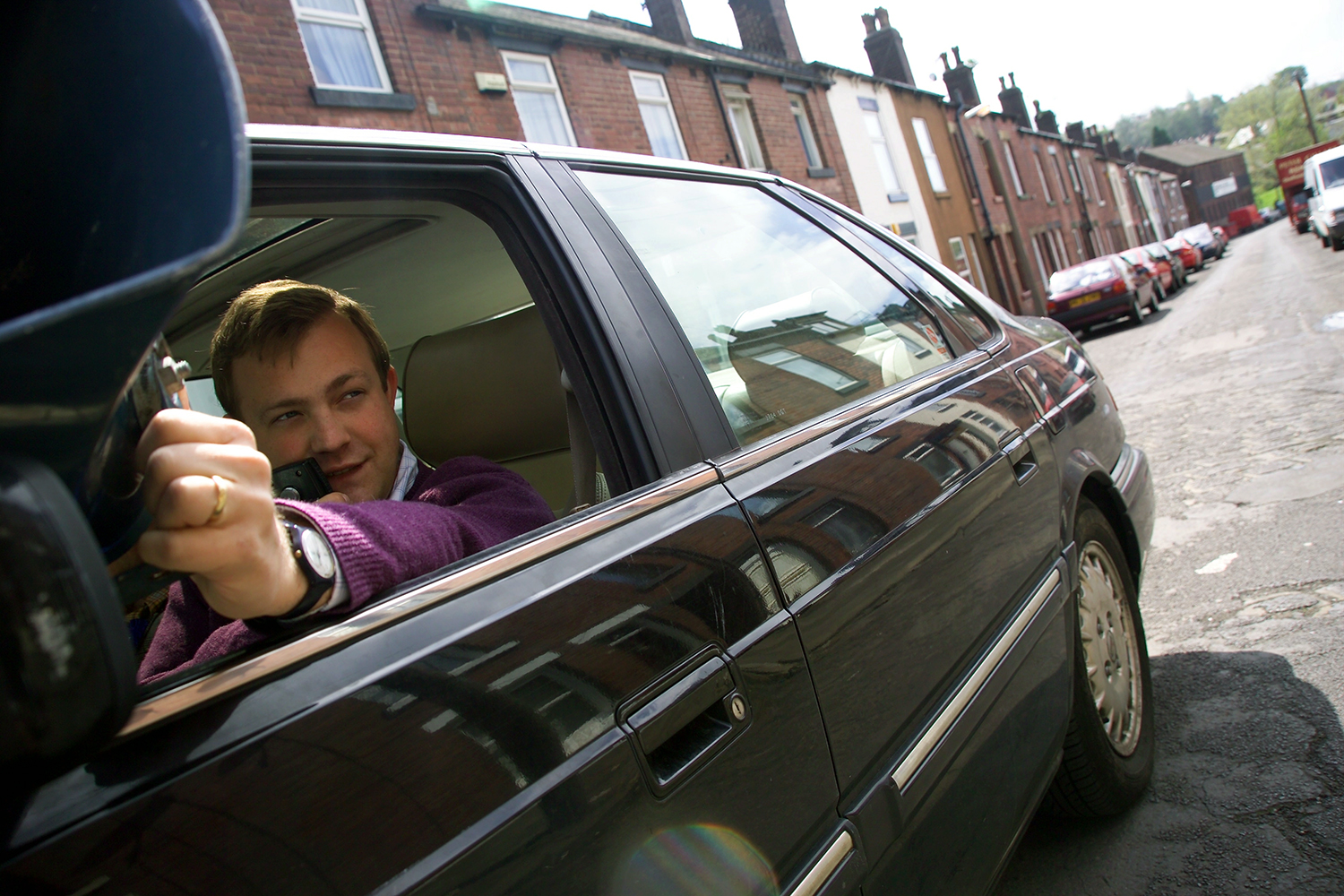
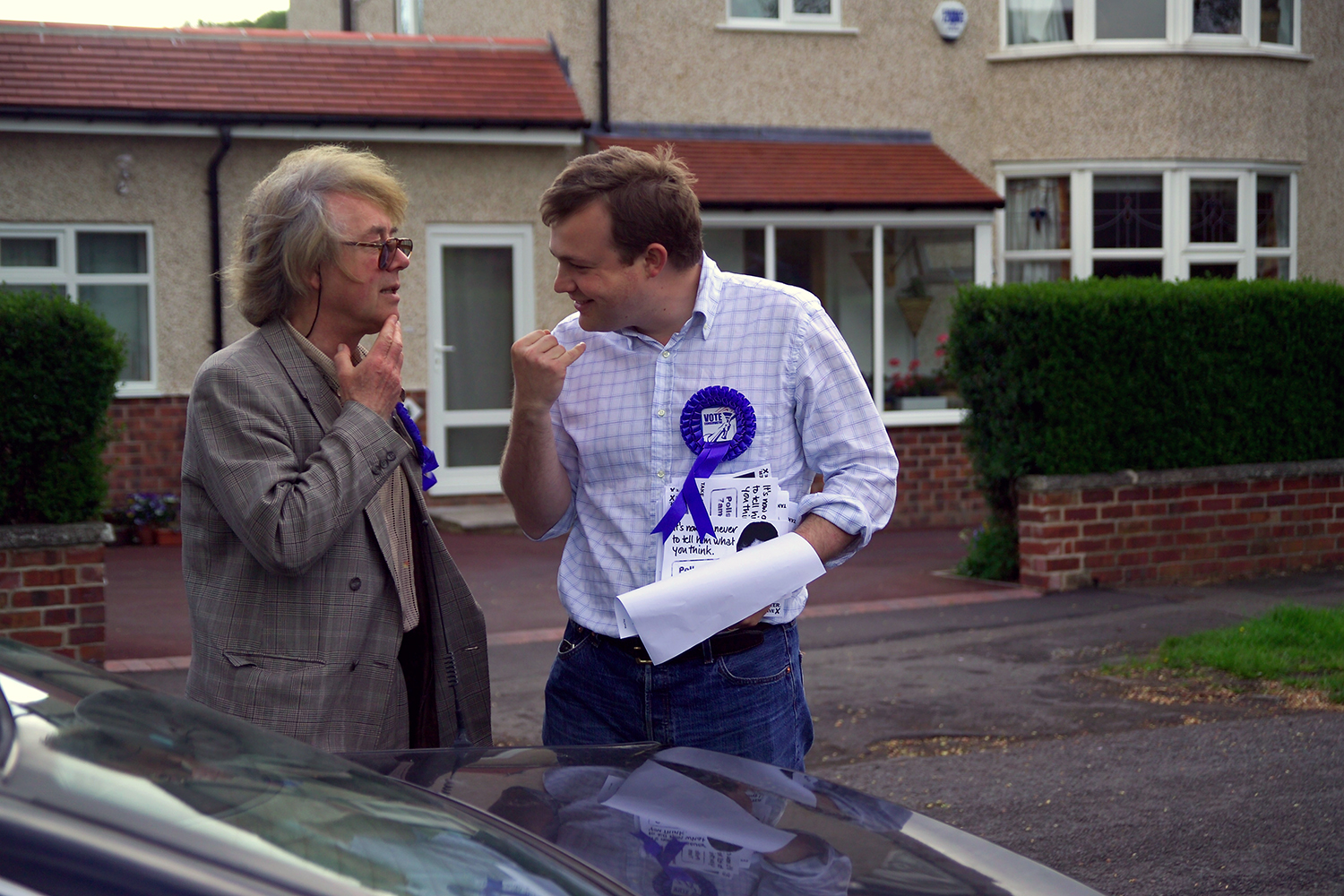
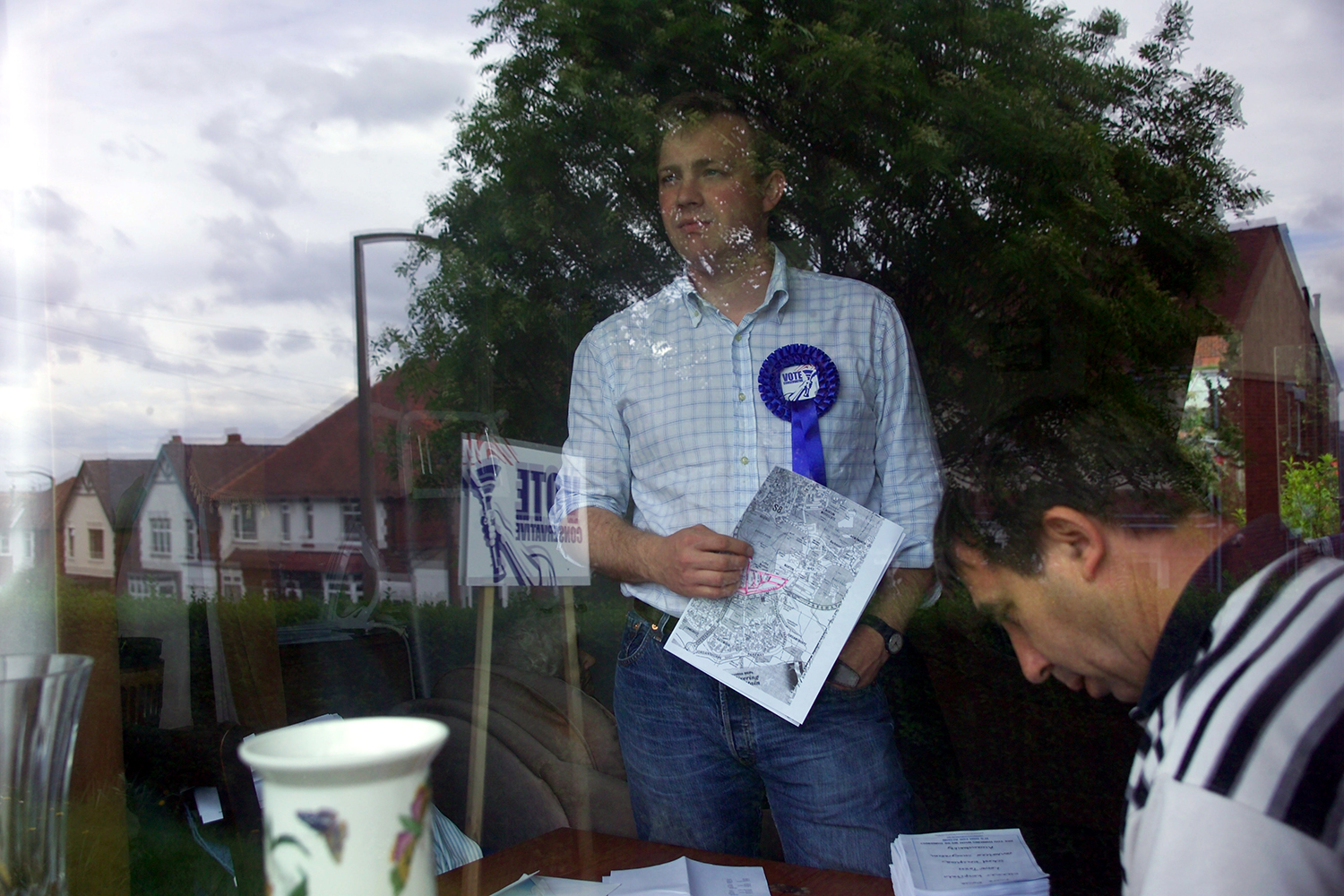
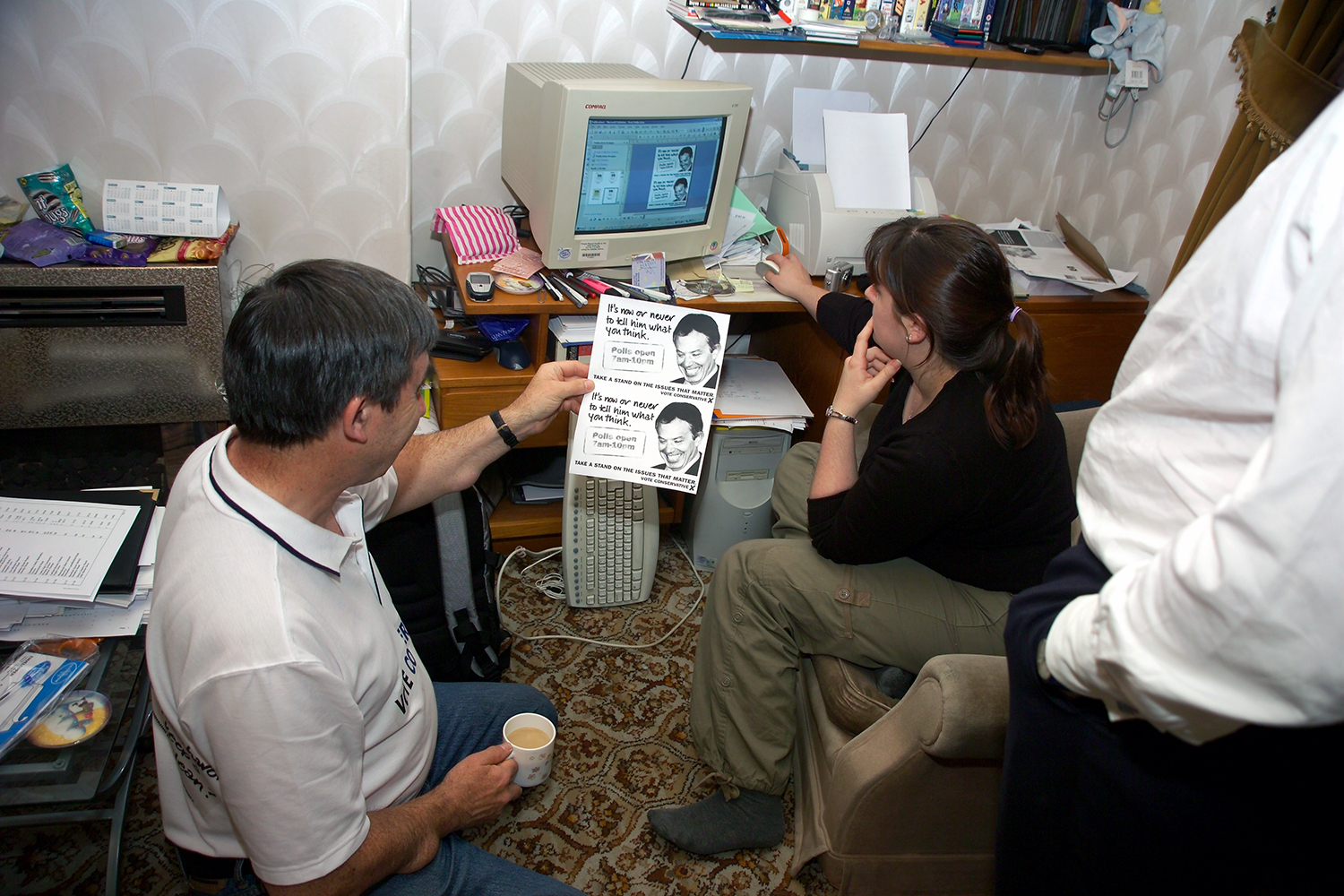

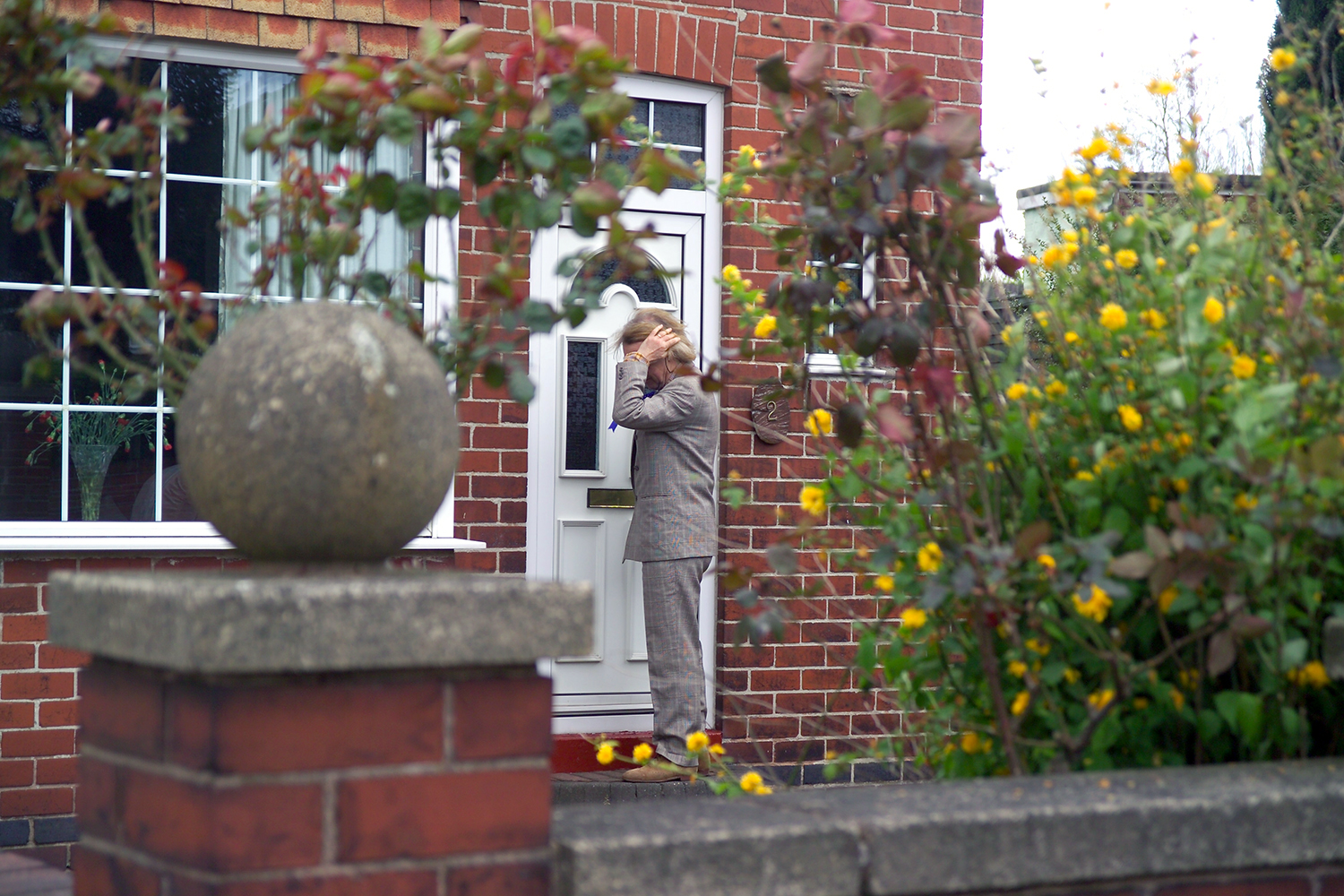
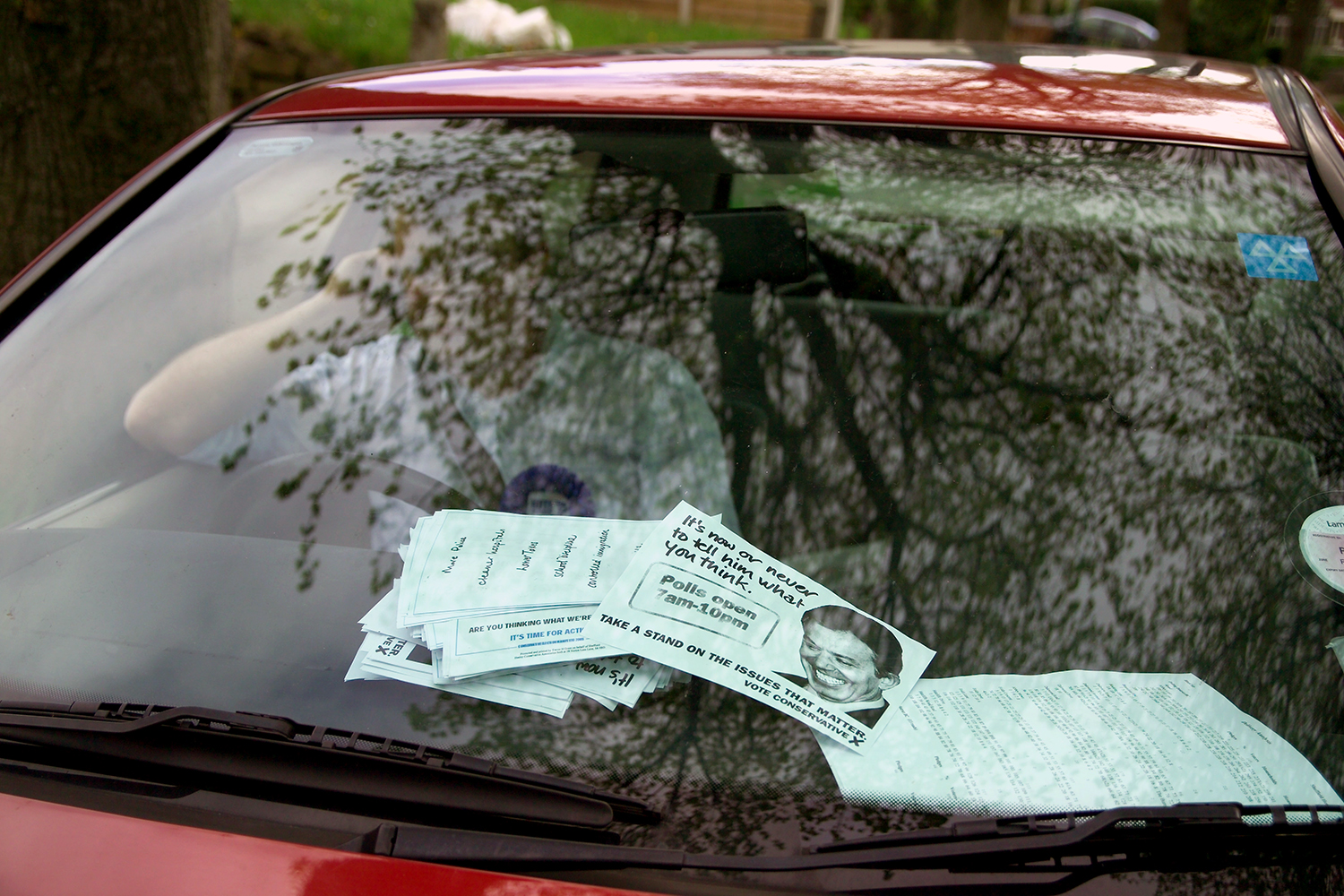

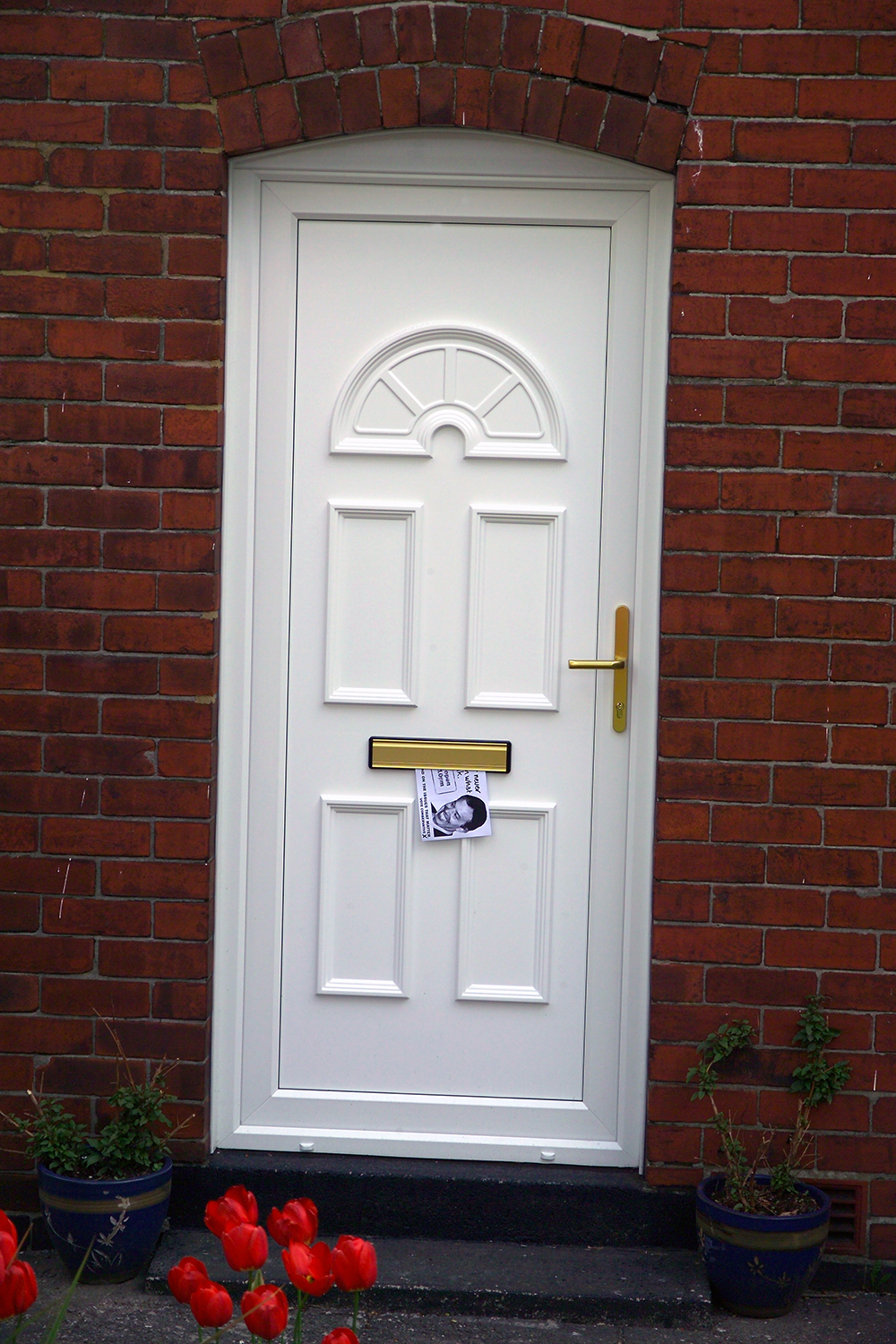
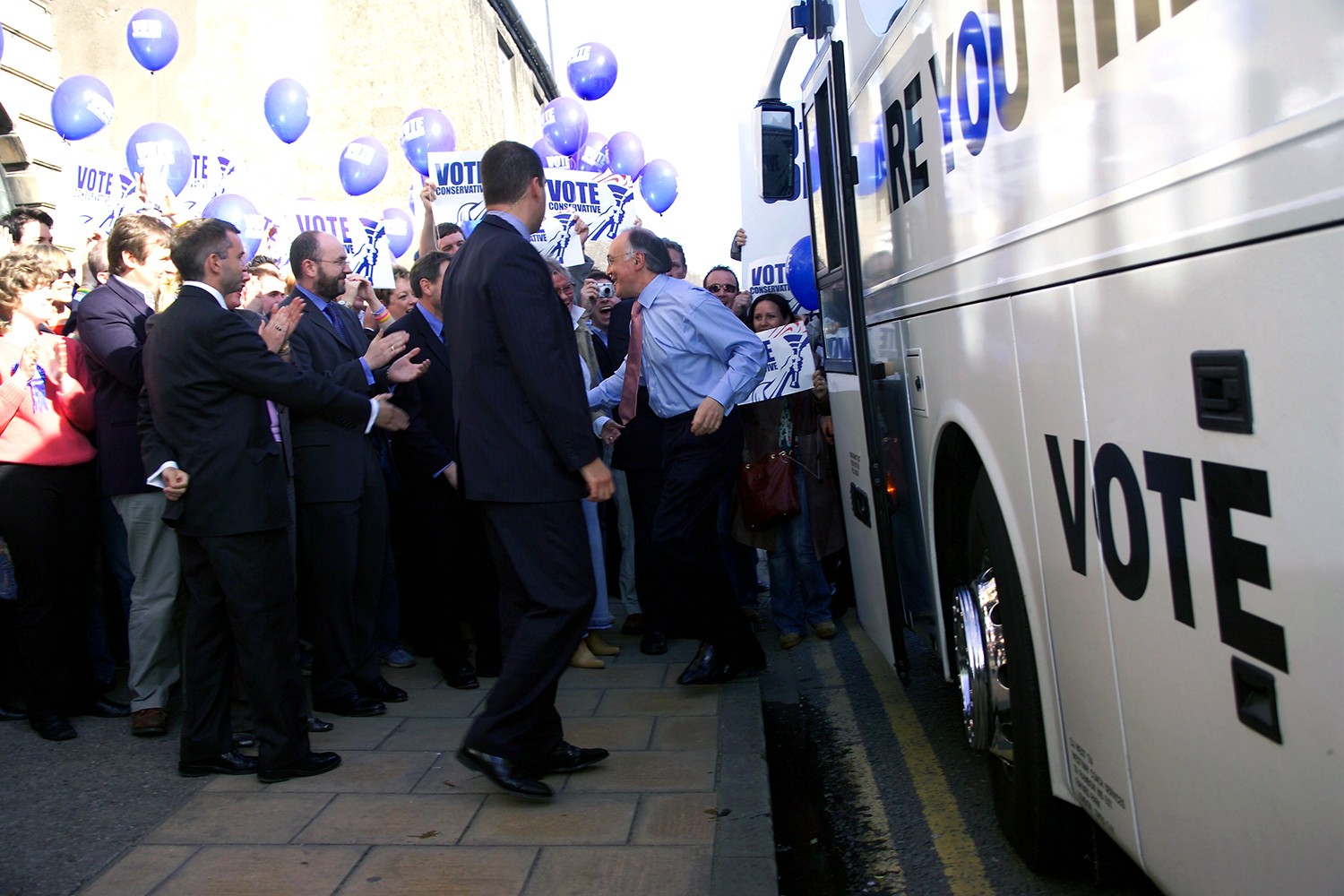
Michael Howard’s election campaign as leader of the Conservative Party in the 2005 UK General Election centred on restoring the party’s electoral competitiveness after years in opposition. His strategy was to present the Conservatives as a disciplined, united alternative to Tony Blair’s Labour government, focusing on issues where polling suggested public concern was high.

The campaign placed strong emphasis on immigration control, law and order, tax reduction, and improved public services. Slogans such as “Are you thinking what we’re thinking?” aimed to connect with voters’ frustrations, though they also drew criticism for being overly negative. Howard sought to frame himself as a trustworthy, experienced leader, contrasting his political background with perceptions of Labour’s handling of the Iraq War and domestic policy.
He toured key marginal constituencies extensively, using targeted campaigning to concentrate resources where Conservative gains were most likely. Media appearances were carefully managed to project competence and decisiveness. While the campaign improved the party’s parliamentary position—gaining seats and increasing its vote share—it ultimately fell short of unseating Labour, leaving the Conservatives still in opposition. However, Howard’s tenure and campaign strategy are often credited with stabilising the party and preparing the ground for future electoral advances under new leadership.

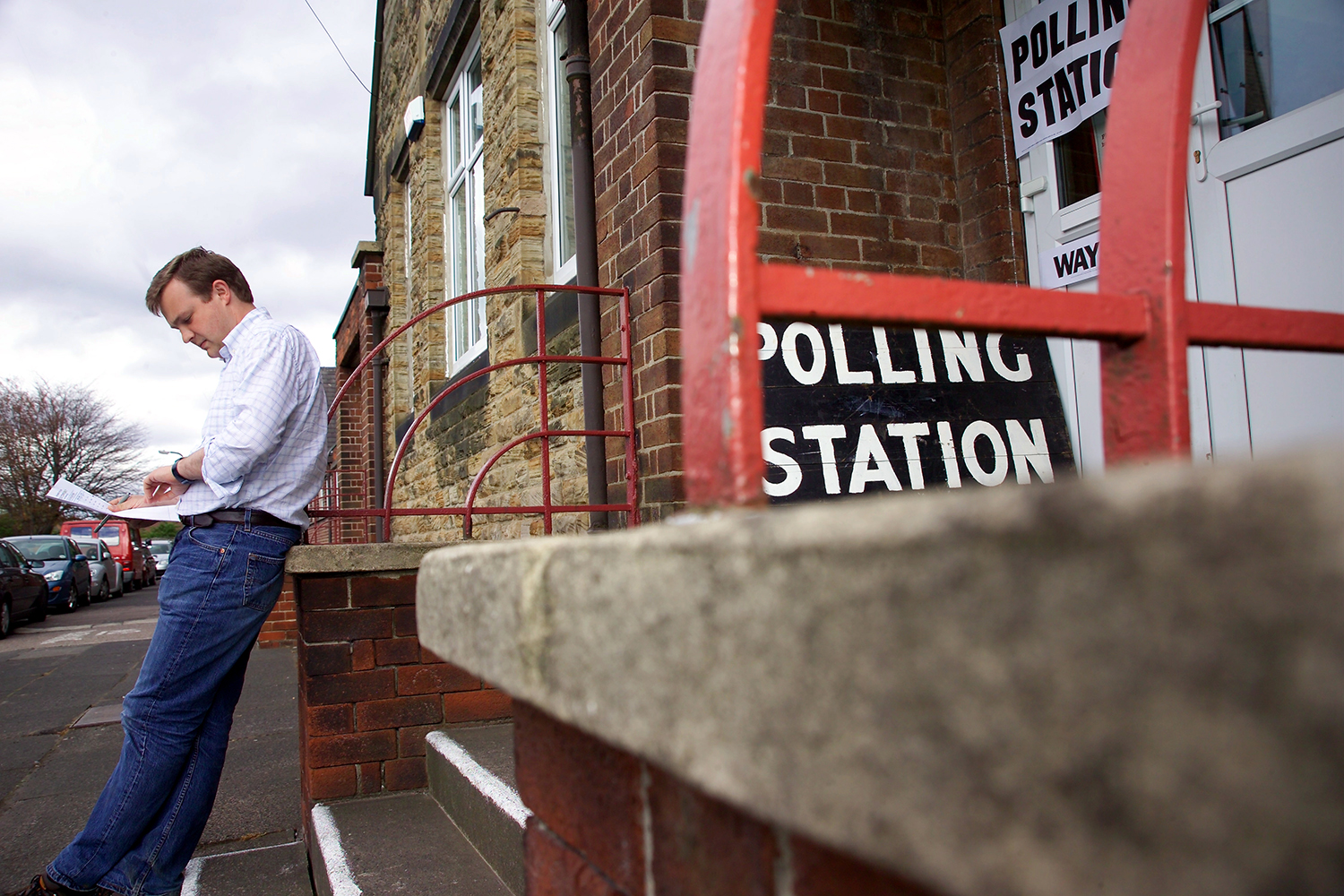
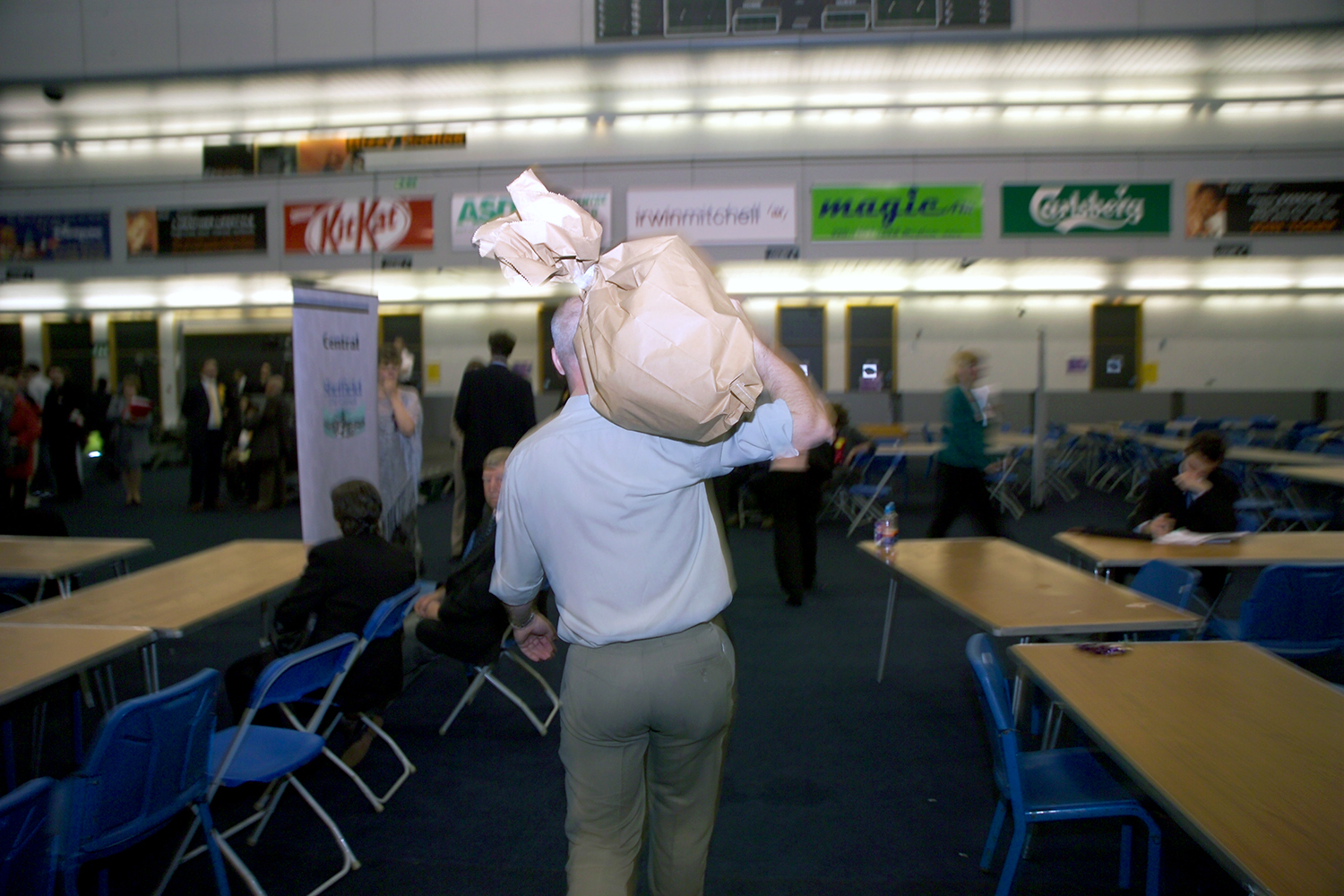
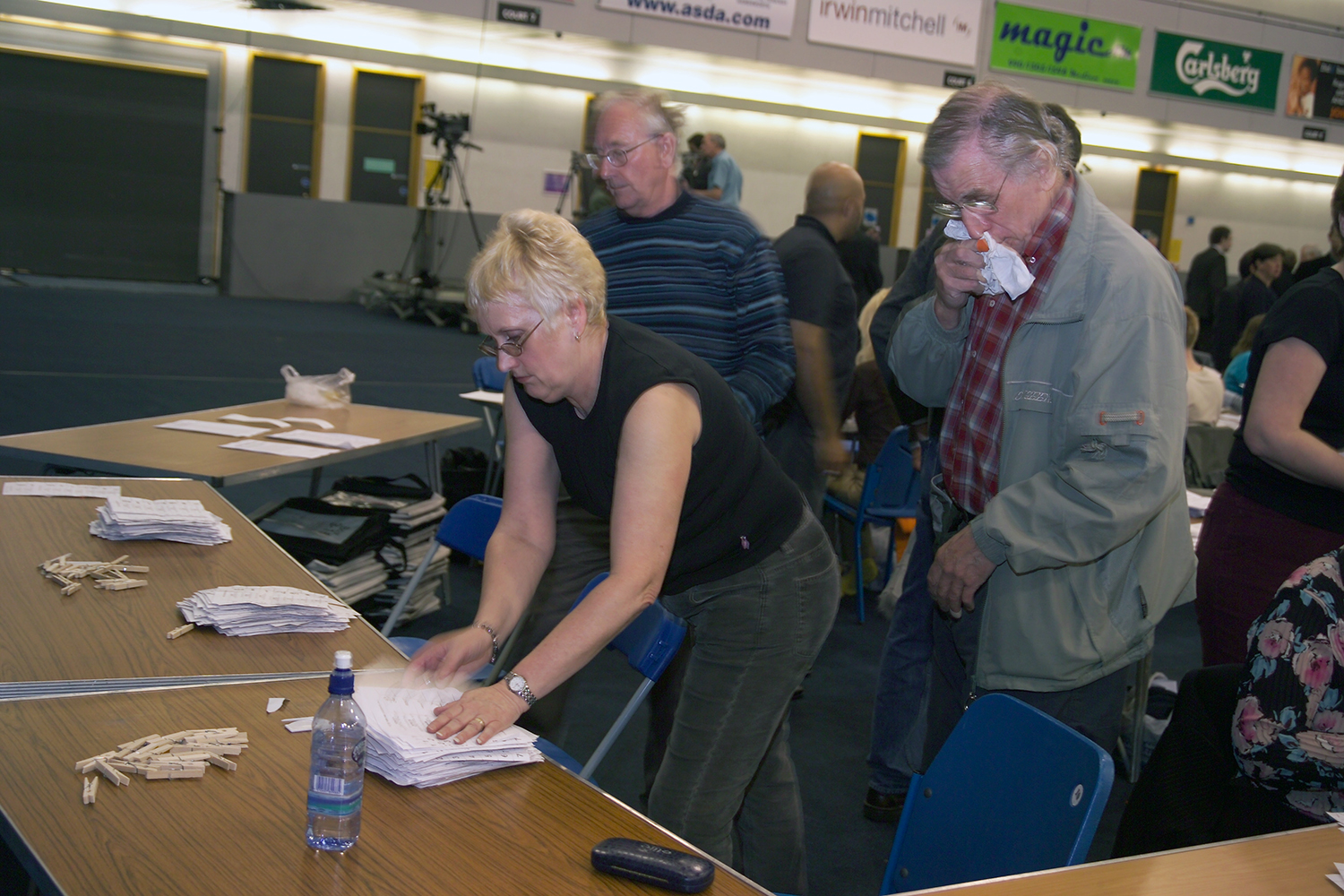


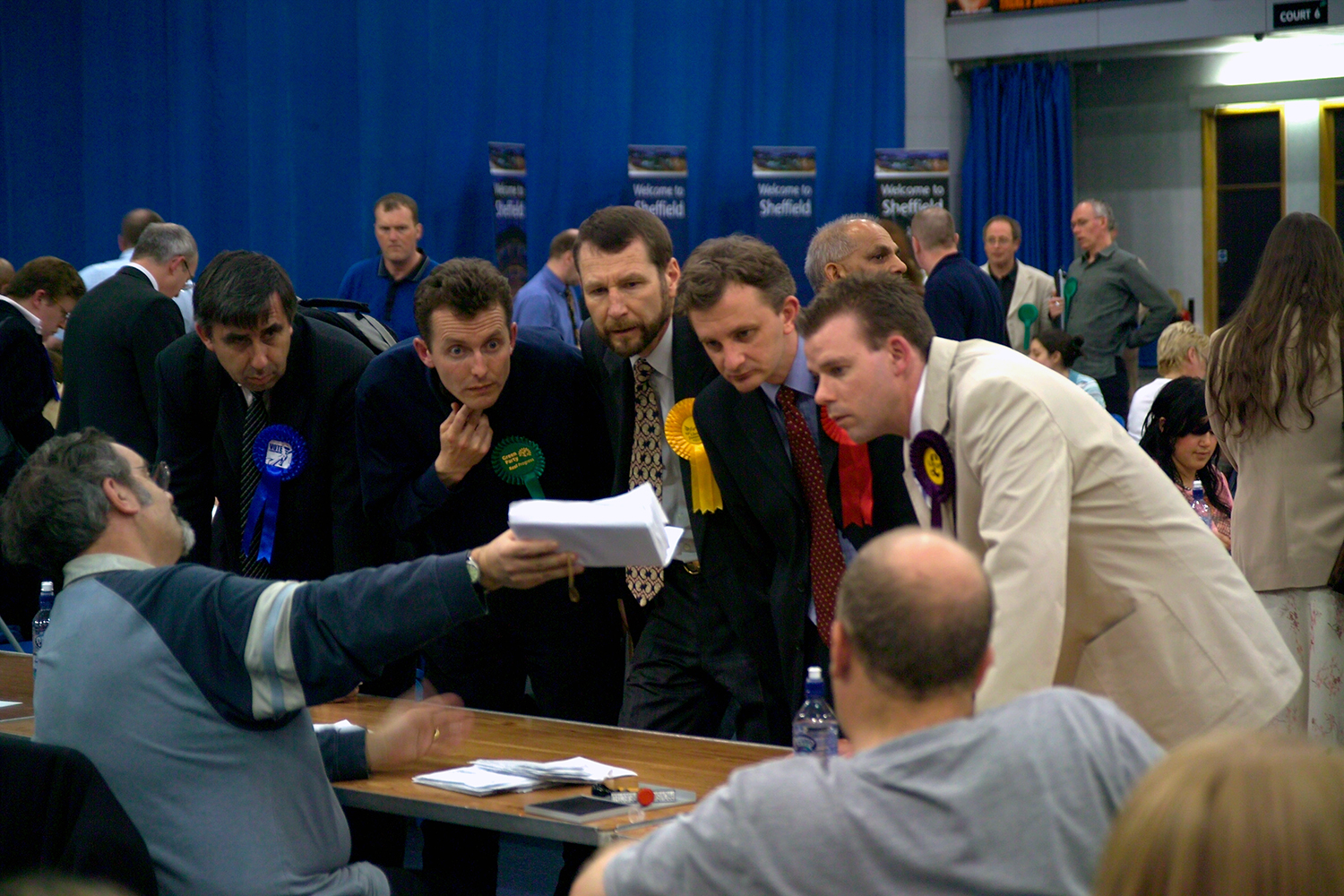
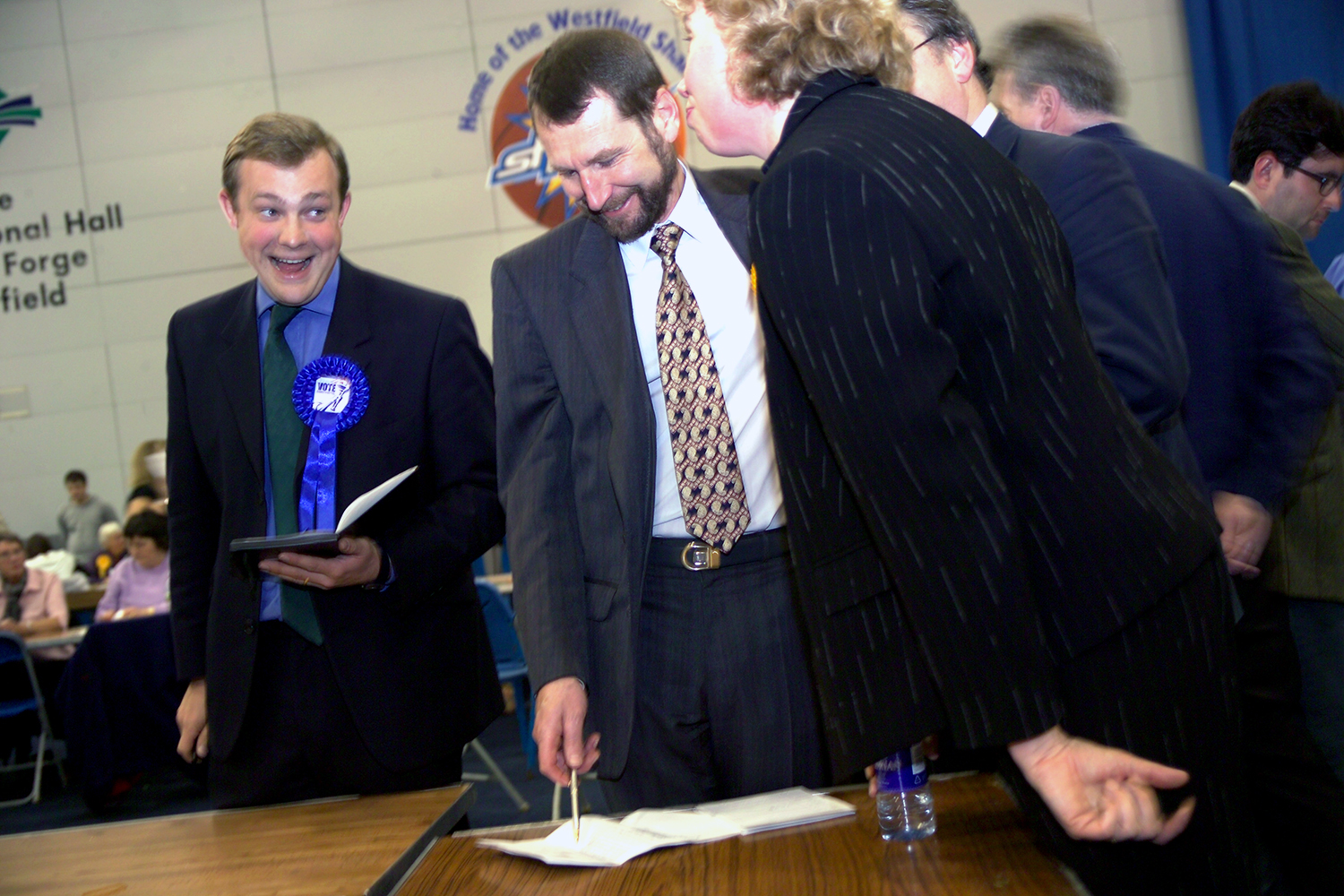
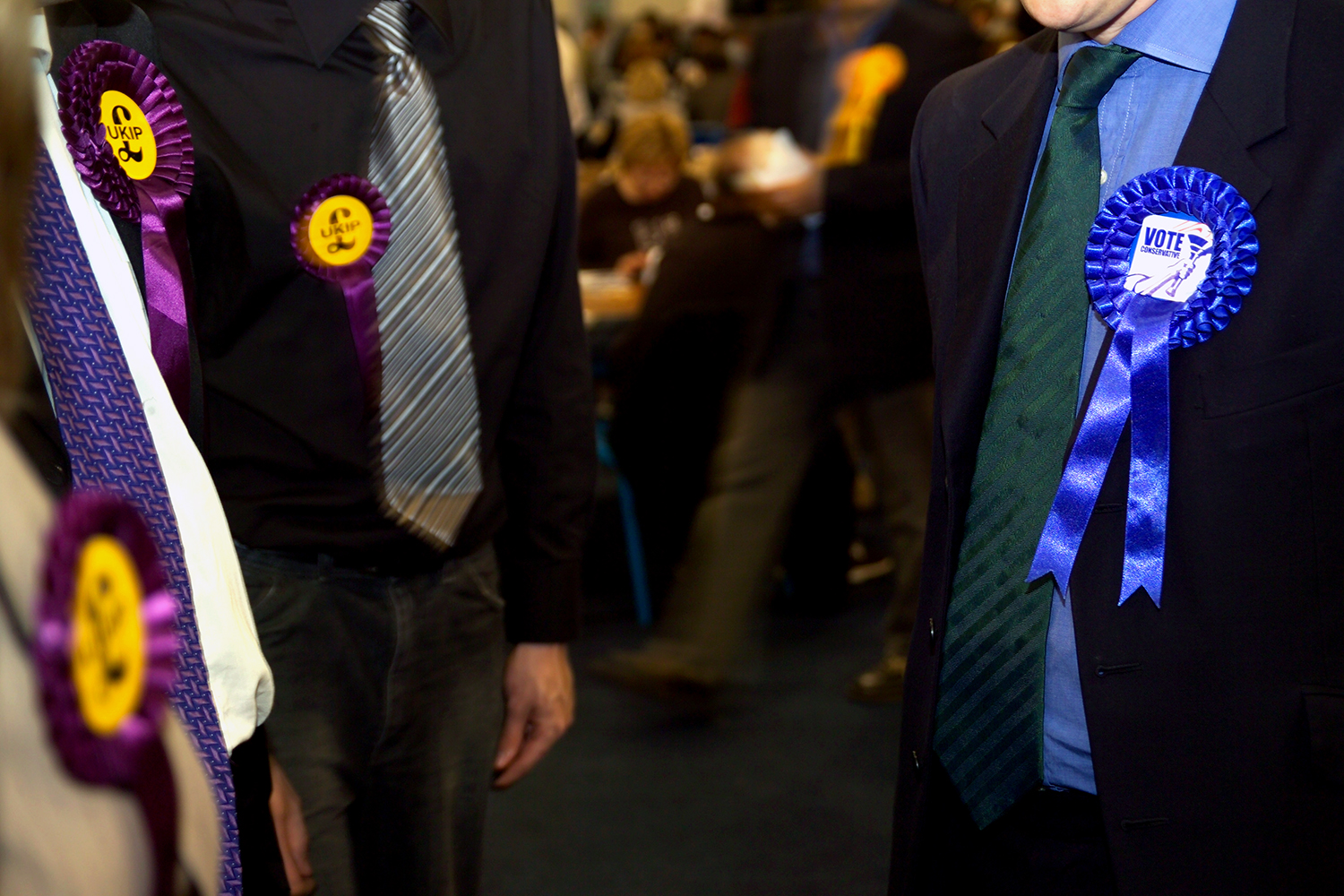
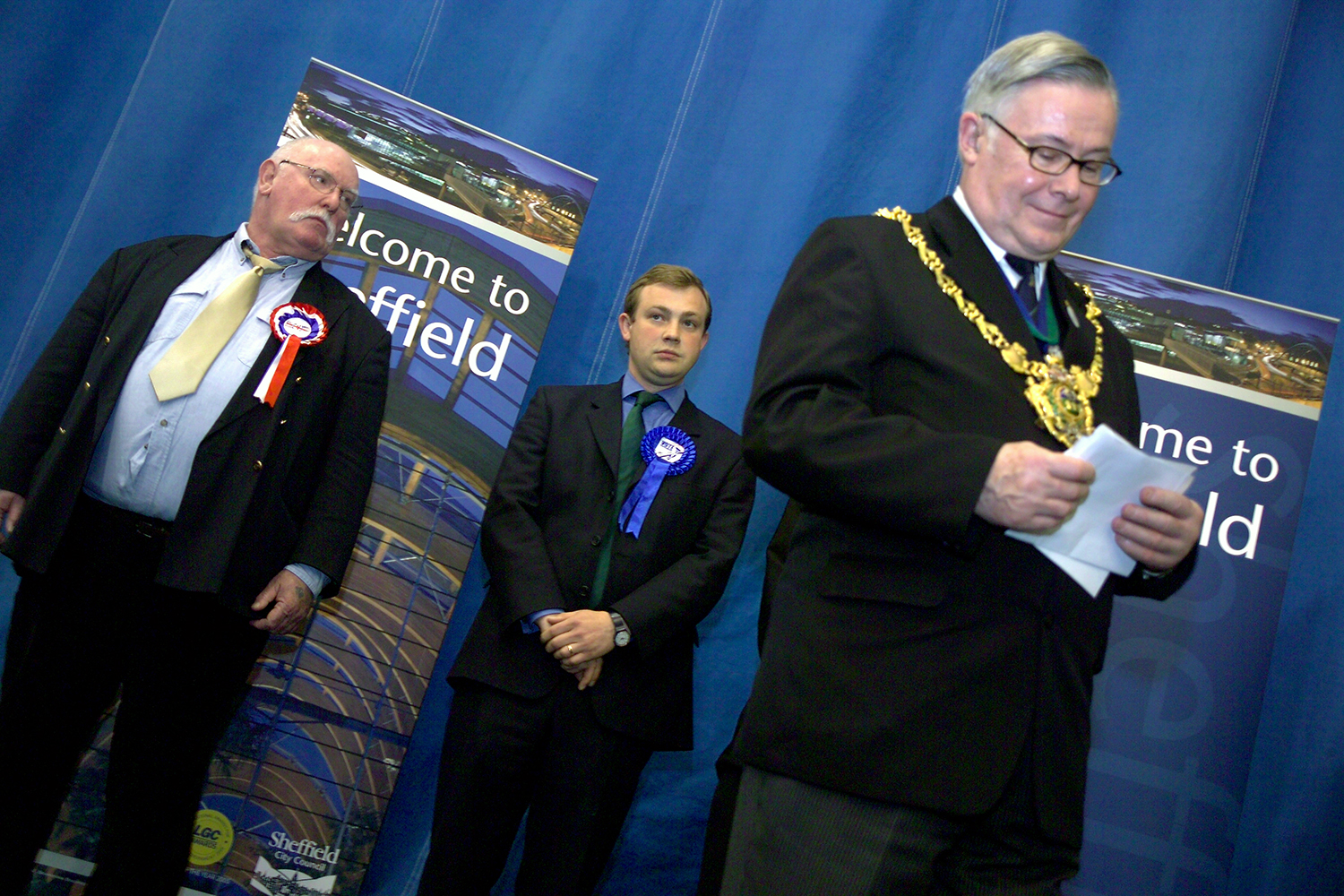
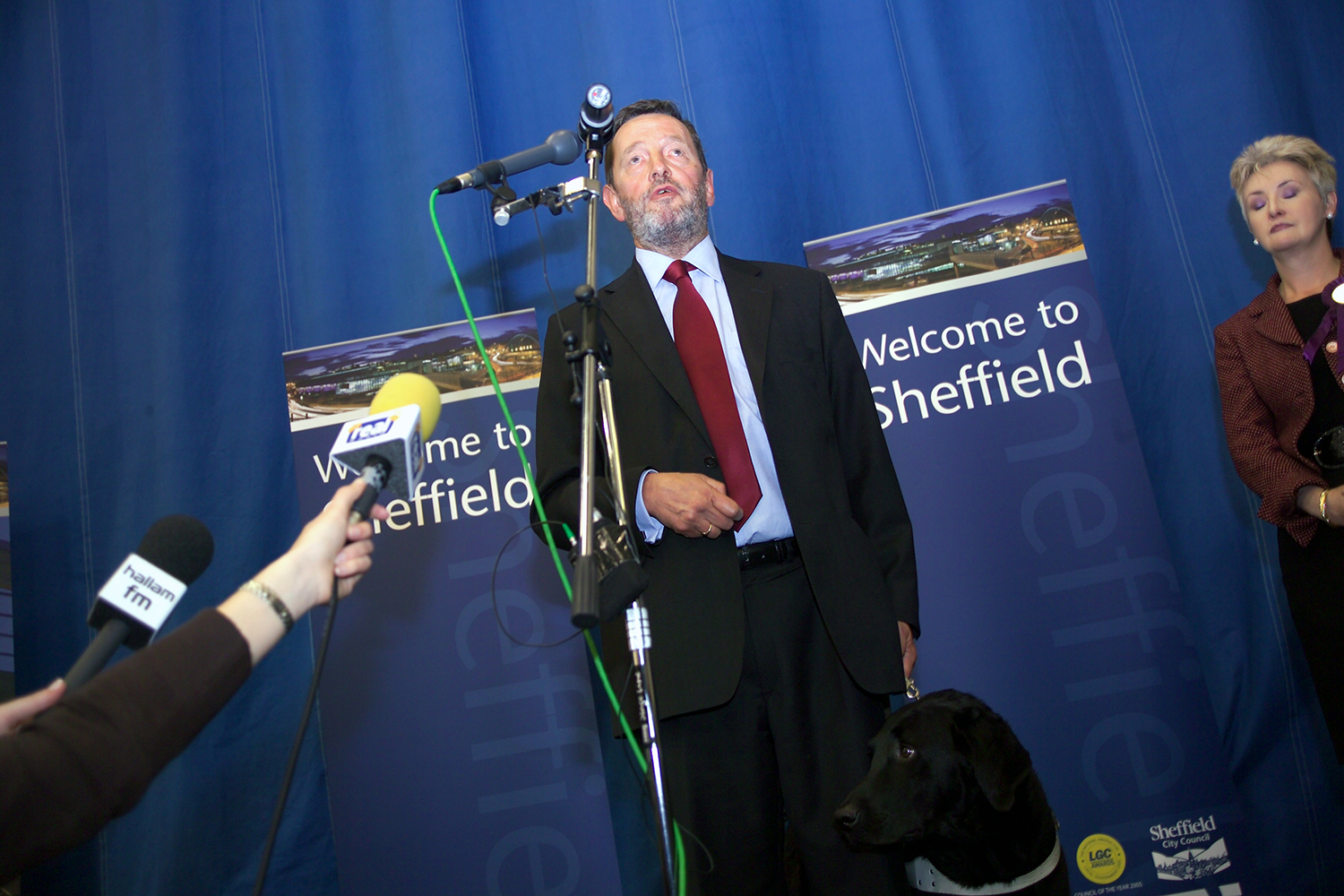
During the 2005 General Election campaign, David Blunkett had recently returned to frontline politics as Work and Pensions Secretary after a brief resignation the previous year. Representing Sheffield Brightside, he campaigned strongly for Labour, defending the government’s record on employment, welfare reform, and social inclusion. Nationally, Blunkett was a prominent figure, often speaking in support of Tony Blair’s leadership and Labour’s broader agenda. In his constituency, he focused on local job creation and improving opportunities for disadvantaged communities. His presence on the campaign trail reinforced Labour’s message of experience and commitment, helping to mobilise core support in both local and national contexts.

